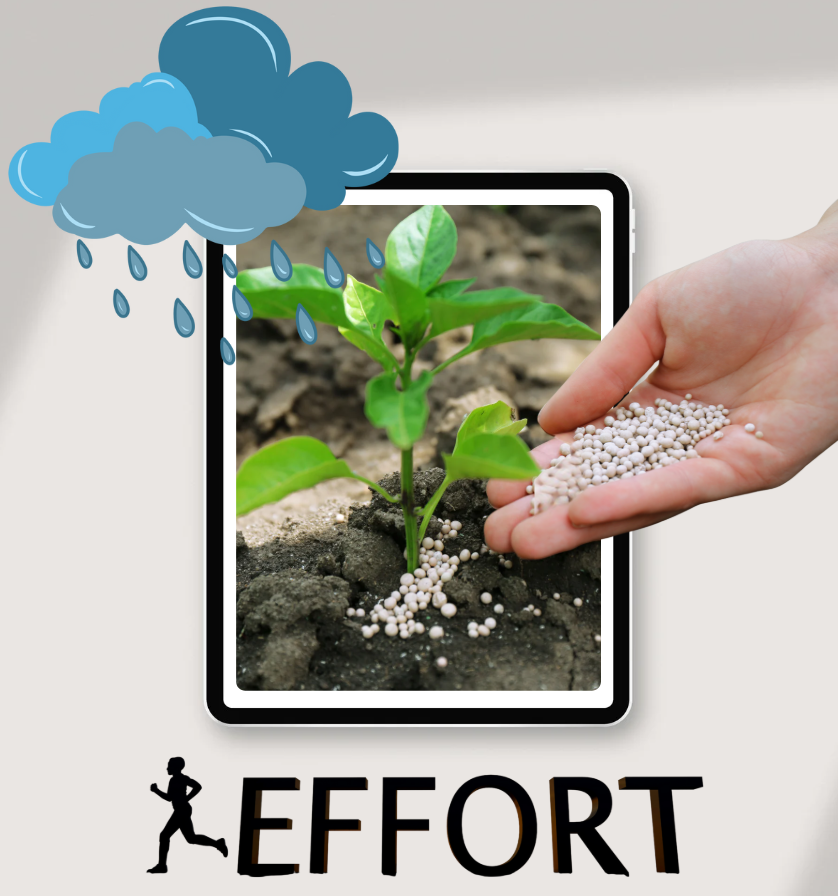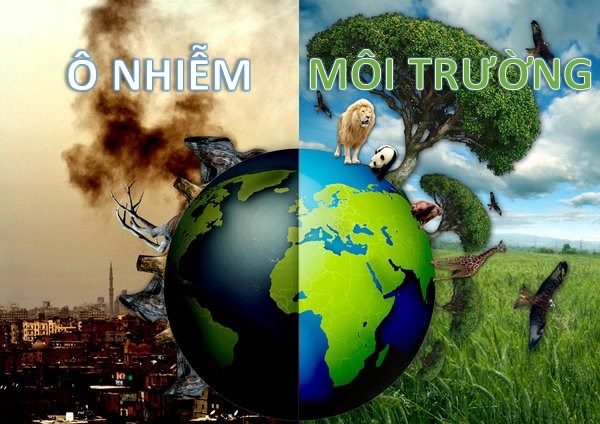
ENVIRONMENTAL POLLUTION AND ITS IMPACT ON AGRICULTURE
ENVIRONMENTAL POLLUTION AND ITS IMPACT ON AGRICULTURE
1. General introduction
Environmental pollution is the phenomenon where natural elements (water, air, soil, living organisms) are negatively altered due to human activities or natural processes that exceed the ability to self-cleanse. Pollution occurs when waste (chemicals, garbage, heavy metals, emissions, etc.) exceeds permissible levels, persists, and degrades the quality of the living environment.
In the field of agriculture, the environment plays a decisive role in the quality and quantity of agricultural products, from the stages of cultivation, livestock raising to harvesting, processing, and preservation. When the environment—especially water, soil, and air—is polluted, agricultural products (including vegetables, tubers, fruits, grains, meat, eggs, milk, etc.) are easily contaminated, affecting human health and the ecosystem. Additionally, crop yields and product quality also decline, leading to economic losses and threatening food security.
2. Types of environmental pollution in agriculture
There are many forms of environmental pollution that directly or indirectly affect agricultural products. The three most common types are water pollution, soil pollution, and air pollution.
2.1. Water pollution
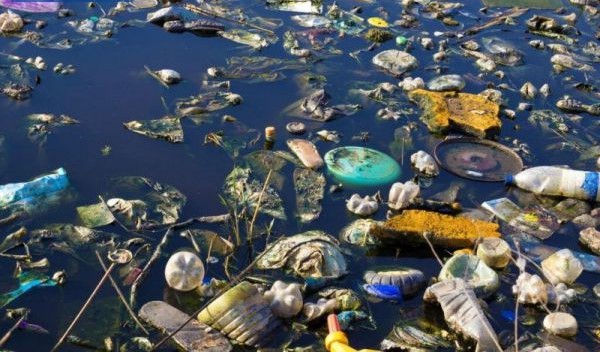
- Origin
- Discharging untreated industrial and domestic wastewater directly into rivers, lakes, and canals.
- Residues of pesticides and chemical fertilizers from fields wash away with rainwater, infiltrating groundwater.
- Heavy metals (lead, mercury, arsenic, etc.) from mining and industrial production contaminating water sources.
- Impact on agriculture
- Irrigation water is contaminated with harmful substances (heavy metals, pathogenic microorganisms), infiltrating plant tissues or accumulating on the surface of agricultural products.
- There is a lack of clean water for irrigation, leading to poor crop development and an increased risk of disease.
- In livestock and aquaculture, polluted water results in slow growth, illness, high mortality rates, and reduced product quality.
- Consequences
- Vegetable and seafood products are at risk of accumulating heavy metals, chemical residues, and pathogens, posing a food safety hazard.
- The deterioration of water quality (algal blooms, oxygen depletion) affects biodiversity and alters the structure of ecosystems.
2.2. Soil pollution
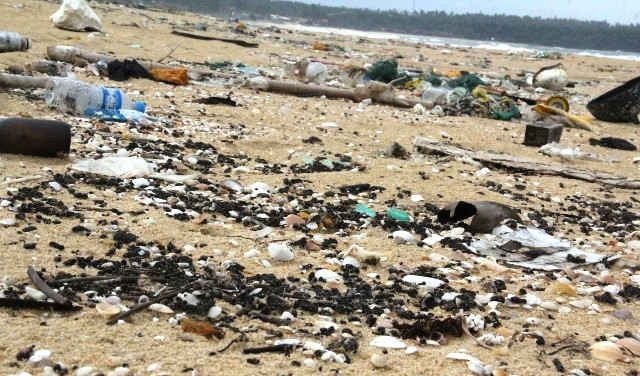
- Origin
- The abuse of chemical fertilizers, pesticides, and herbicides in high and continuous doses leads to chemical residues in the soil.
- Solid waste (plastic, nylon, chemical bags) is improperly buried or burned, leaching into the soil.
- Industrial wastewater and rainwater from mining sites and landfills contaminate the soil with heavy metals, acids, and salts.
- Impact on agriculture
- Soil degradation, reduced fertility, and imbalance of soil microorganisms lead to poor nutrient absorption by crops.
- Many types of harmful chemicals (DDT, PCBs) persist in the soil and can be absorbed by plant roots, affecting stems, leaves, flowers, and fruits.
- Severely saline and acidic contaminated soil may lose its cultivability and become barren.
- Consequences
- Crop productivity is declining, and production costs (fertilizers, land improvement) are rising significantly.
- Agricultural products contain chemical residues and heavy metals that may exceed safe limits, posing risks to consumer health.
- The process of rehabilitating contaminated land is costly and time-consuming.
2.3. Air pollution
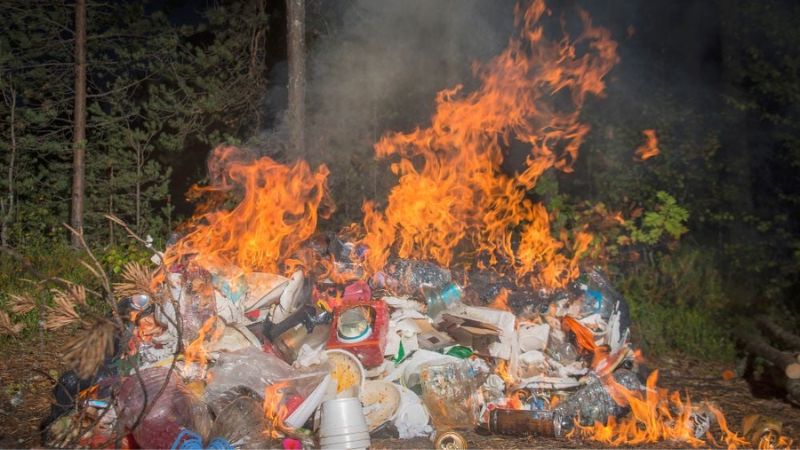
- Origin
- Emissions from vehicles, thermal power plants, and industrial zones contain SO₂, NOₓ, CO₂, PM2.5, and PM10 dust.
- Activities such as burning straw, outdoor waste, and smoke from wood stoves increase CO concentration and ash dust.
- Ammonia (NH₃) and unpleasant odors from improperly treated livestock waste.
- Impact on agriculture
- Plants exposed to air pollutants (ground-level ozone, sulfur, nitrogen oxides, etc.) can experience leaf burn, reduced photosynthesis, and stunted growth.
- Acid deposition (acid rain) causes nutrient leaching in the soil, affects pH levels, and damages plant roots.
- Beneficial microorganisms in the air can also be destroyed or altered, reducing natural pollination capacity.
- Consequences
- Productivity is declining, the quality of agricultural products is poor, and the spoilage rate is high.
- It affects the health of farmers (respiratory, skin, and eye diseases), indirectly increasing medical costs and reducing labor efficiency.
3. The impact of environmental pollution on agricultural products
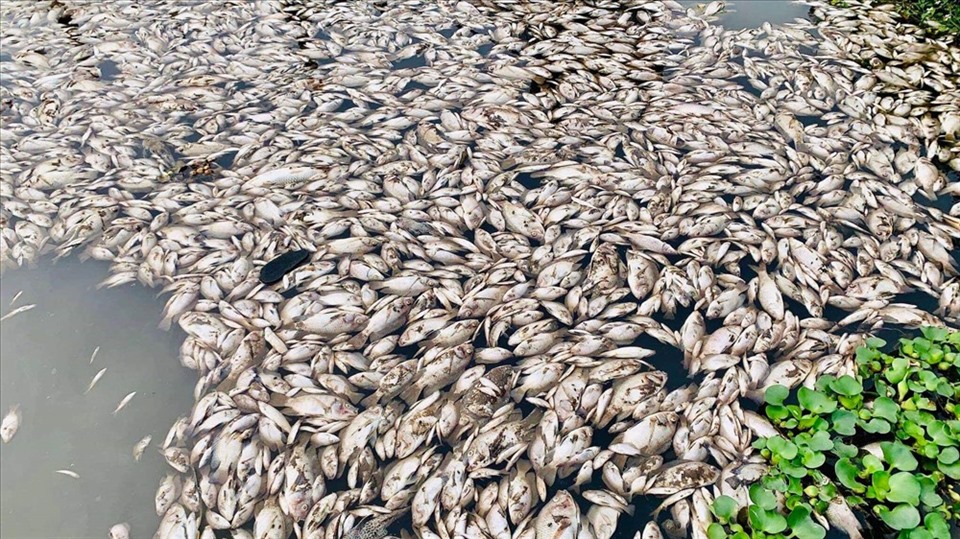
From the types of pollution mentioned above, agricultural products face a series of risks:
- Decreased productivity and quality
- Plants grow slowly, are prone to pests and diseases, and may even die when the soil, water, and air are polluted.
- Fruits, seeds, and stems do not reach the desired size, color, or flavor.
- Toxicity and chemical residues
- Chemical compounds (pesticide residues, heavy metals) infiltrate vegetables, fruits, and grains.
- Consumers may suffer from chronic poisoning, leading to long-term illnesses (cancer, liver failure, kidney failure) if they consume contaminated food over an extended period.
- Trade and export difficulties
- Many international markets have strict regulations regarding pesticide residues and heavy metals. Agricultural products that do not meet standards will be rejected for import, causing economic losses and affecting the country's reputation.
- The domestic market is also becoming increasingly stringent, with consumers demanding clean, safe products that are certified.
- Increased production costs
- Farmers must increase the amount of pesticides and fertilizers to compensate for losses, while also covering the costs of water treatment, soil improvement, and air filtration (in some high-tech farming models).
- The fluctuation in agricultural product prices is due to unstable supply.
4. Typical examples and statistics (for illustration purposes)
- Arsenic and lead contaminated land: In some riverbank areas where mining or industrial processing does not meet standards, the levels of arsenic and lead in the soil exceed thresholds, leading to rice contaminated with heavy metals, which is not safe.
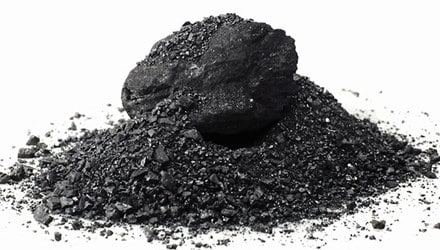
- Pollution in shrimp and fish farming ponds: In places where industrial waste is directly discharged into rivers, polluted water enters shrimp and fish farming areas, causing the livestock to eat poorly, grow slowly, and become ill. The quality of the products decreases, making export difficult.

- Acid rain from industrial dust: The increase of NOₓ and SO₂ in the air creates acid rain. Crops suffer from leaf burn and premature fruit drop, and the soil degrades rapidly. This is particularly concerning for fruit trees and tea and coffee gardens in mountainous areas.
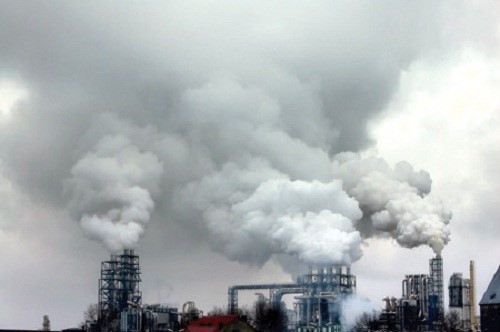
5. Solutions to reduce pollution and improve the quality of agricultural products
In the face of increasingly severe pollution, the cooperation of all stakeholders (the government, businesses, farmers, consumers, and social organizations) is needed to mitigate the impact and protect agricultural products.
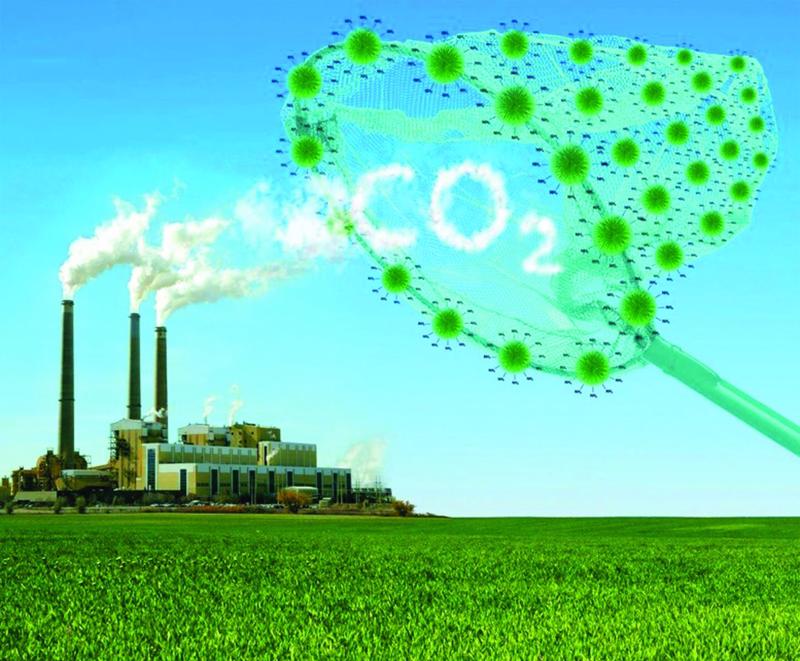
5.1. Wastewater and waste management
- Treating industrial and domestic wastewater before discharging it into the environment:
- Build a centralized wastewater treatment system in industrial zones and urban areas.
- Conduct regular inspections and apply strict penalties for discharges that do not meet standards.
- Encourage a circular economy model: Utilize agricultural by-products (straw, bagasse) for recycling purposes, organic fertilizer production, biochar, etc., instead of burning or disposing of them carelessly.
5.2. Safe use of fertilizers and pesticides
- Organic and microbial fertilizers gradually replace chemical fertilizers:
- Help the soil become loose and rich in microorganisms, reducing the risk of soil and water pollution.
- Balance NPK, avoiding excess nitrogen fertilizer.
- Strictly control plant protection products:
- Use the correct dosage at the right time, prioritizing biological pesticides and integrated pest management (IPM) measures.
- Establish a clear supply chain for plant protection products, handling packaging after use.
5.3. Soil protection and fertility restoration
- Crop rotation and intercropping:
- Plant leguminous crops to fix nitrogen, increase organic matter in the soil, and reduce erosion and pests.
- Avoid prolonged monoculture that leads to soil depletion and nutrient imbalance.
- Planning and rehabilitating contaminated land:
- Use microorganisms for degradation or fixation of heavy metals (phytoremediation).
- Apply lime and organic fertilizers to raise pH and improve soil properties.
5.4. Emission reduction and air quality improvement
- Control industrial emissions:
- Require the installation of dust filtration and toxic gas removal systems in factories.
- Accelerate the transition to clean energy (wind power, solar power), reducing dependence on fossil fuels.
- Limit the burning of straw and waste:
- Encourage the compression of straw into bales, utilizing it for mushroom production, fertilizers, or silage for livestock.
- Build community awareness about not burning waste indiscriminately and protecting the air.
5.5. Monitoring and certification of clean agricultural products
- Apply GAP (Good Agricultural Practices), organic, VietGAP, GlobalGAP standards:
- Closely monitor the cultivation process, limit the use of chemicals, and maintain a farming diary.
- Regularly test the quality of soil, water, and air to ensure that pollution levels do not exceed permissible limits.
- Traceability, labeling:
- Publicly disclose information about the growing area, plot, and production process to assure consumers.
- Create sustainable links between farmers, businesses, and supermarkets to stabilize output.
6. Conclusion
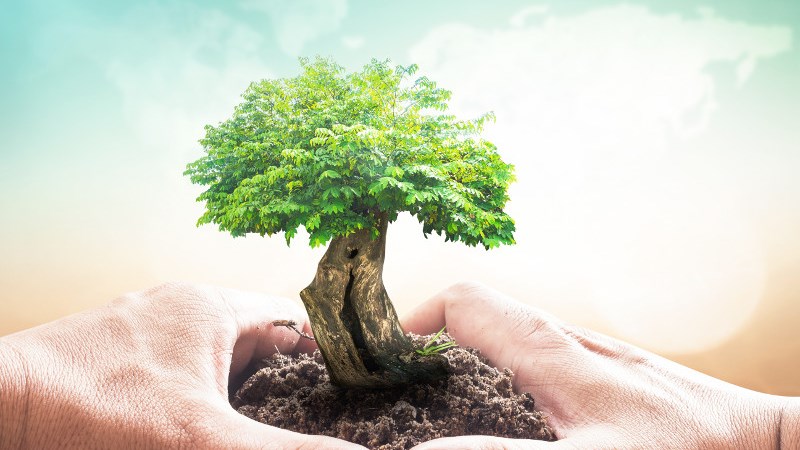
Environmental pollution is becoming a major challenge for agriculture and the quality of agricultural products. Forms of water, soil, and air pollution not only reduce productivity and cause harmful chemical residues in food but also seriously affect public health and ecosystems. To address this issue, it is necessary to plan and manage the environment rigorously, raise awareness, and adhere to safe production processes, while also promoting green technology, a circular economy, and organic farming.
Responsibility does not only lie with farmers – those who directly cultivate the land – but also with businesses, consumers, government, and social organizations, all of whom need to work together. Changing the mindset from productivity-driven production to sustainable production, linked to environmental protection, will help agriculture develop in the long term, produce clean agricultural products, meet the increasingly high demands of the market, and maintain human health and the health of the planet for future generations.
Bình luận
Những bình luận mới nhất
